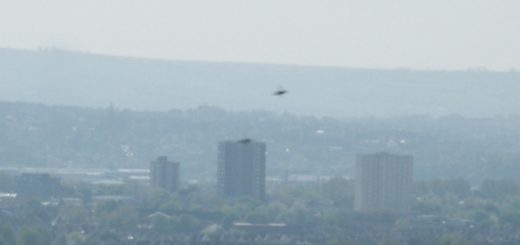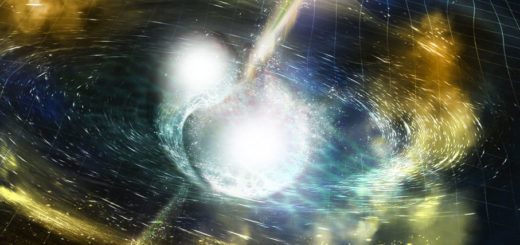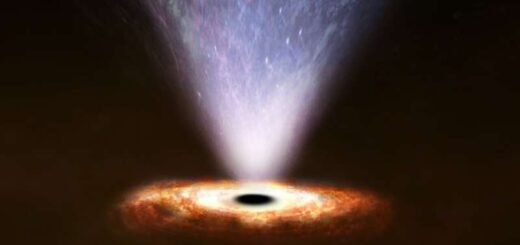What Will Happen When Our Sun Dies In Approximately Five Billion Years?
A team of international astronomers, including Professor Albert Zijlstra from the School of Physics & Astronomy, University of Manchester agree the sun will die in approximately 10 billion years and it will turn into a massive ring of luminous, interstellar gas and dust, known as a planetary nebula.

The sun will die in approximately five billion years and it will turn into a massive ring of luminous, interstellar gas and dust, known as a planetary nebula.
“When a star dies it ejects a mass of gas and dust – known as its envelope – into space,” Prof Zijlstra explains in a press release.
“The envelope can be as much as half the star’s mass. This reveals the star’s core, which by this point in the star’s life is running out of fuel, eventually turning off and before finally dying.
“It is only then the hot core makes the ejected envelope shine brightly for around 10,000 years – a brief period in astronomy. This is what makes the planetary nebula visible. Some are so bright that they can be seen from extremely large distances measuring tens of millions of light years, where the star itself would have been much too faint to see.”
As many as 90 percent of all stars eventually turn into a planetary nebula but for years, scientists weren’t sure if the sun in our galaxy would follow the same fate: it was thought to have too low mass to create a visible planetary nebula.
To find out the team developed a new stellar, data-model that predicts the lifecycle of stars. The model was used to predict the brightness (or luminosity) of the ejected envelope, for stars of different masses and ages.
It was found that it was possible to see how far away a galaxy was just from the appearance of its brightest planetary nebulae. In theory it worked in any of type galaxy.
“Old, low mass stars should make much fainter planetary nebulae than young, more massive stars. This has become a source of conflict for the past for 25 years, Prof Zijlstra says.
Abell 39, discovered by George Abell in 1966
A planetary nebula, Abell 39, discovered by George Abell in 1966. is a beautiful example of a planetary nebula. The nebula has a diameter of about five light-years, and the thickness of the spherical shell is about a third of a light-year. The nebula itself is roughly 7,000 light-years from Earth in the constellation Hercules. Credit: T.A.Rector (NRAO/AUI/NSF and NOAO/AURA/NSF) and B.A.Wolpa (NOAO/AURA/NSF) WIYN
“The data said you could get bright planetary nebulae from low mass stars like the sun, the models said that was not possible, anything less than about twice the mass of the sun would give a planetary nebula too faint to see.”
The new models show that after the ejection of the envelope, the stars heat up three times faster than found in older models. This makes it much easier for a low mass star, such as the sun, to form a bright planetary nebula. The team found that in the new models, the sun is almost exactly the lowest mass star that still produces a visible, though faint, planetary nebula. Stars even a few per cent smaller do not.
Professor Zijlstra added: “We found that stars with mass less than 1.1 times the mass of the sun produce fainter nebula, and stars more massive than 3 solar masses brighter nebulae, but for the rest the predicted brightness is very close to what had been observed. Problem solved, after 25 years!
“This is a nice result. Not only do we now have a way to measure the presence of stars of ages a few billion years in distant galaxies, which is a range that is remarkably difficult to measure, we even have found out what the sun will do when it dies!”



 Creators of mankind
Creators of mankind Description of “Tall white aliens”
Description of “Tall white aliens” Where they came from?
Where they came from? About hostile civilizations
About hostile civilizations The war for the Earth
The war for the Earth “Tall white aliens” about eternal life
“Tall white aliens” about eternal life Video: “Nordic aliens”
Video: “Nordic aliens” Aliens
Aliens Alien encounters
Alien encounters The aliens base
The aliens base UFO
UFO Technology UFO
Technology UFO Underground civilization
Underground civilization Ancient alien artifacts
Ancient alien artifacts Military and UFO
Military and UFO Mysteries and hypotheses
Mysteries and hypotheses Scientific facts
Scientific facts


















